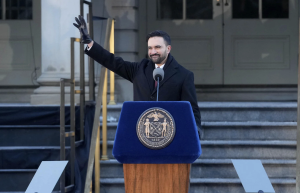The Orbital Sciences' Cygnus spacecraft was successfully launched at 12:52 pm EDT on July 13, aboard the Antares rocket from NASA's Wallops Flight Facility in Virginia.
NASA research projects, crew provisions, hardware and other supplies are on their way to the International Space Station (ISS). This was the second delivery flight mission, after the space and launch systems company first landed a $1.9 contract with NASA's Commercial Resupply Services. The company is expected to launch at least eight cargo resupply missions until 2016.
The Orbital-2 cargo craft carried at least 3,300 pounds of supplies to be delivered to Expedition 40. The resupply mission also carried research tools such as the nanosatellites which will be deployed to capture images of the Earth. These nanosatellites were created by San-Francisco-based company, Planet Labs.
NASA's Expedition 40 Commander Steve Swanson will use the station's robotic arm to get a grip of the Cygnus at exactly 6:39 a.m. on July 16. Swanson will be assisted by Alexander Gerst of the European Space Agency in performing this stunt. The capsule, which will be filled with garbage by August, is slated to be burned during its re-entry in Earth's atmosphere.
Cygnus also carried the experiment made by Ames called Smart Synchronized Position Hold, Engage, Reorient Experimental Satellites (SPHERES). SPHERES is equipped with several cameras and a sensor that will enable it to conduct 3D mapping tasks, as well as navigate throughout the space station. The cargo spacecraft will also deliver some student's experiments, including Student Spaceflight Experiment Program supported by the National Center for Earth and Space Science Education.
The ISS has been visited by at least 200 people since November 2000. The station continues to be NASA's main headquarters in spearheading space research and conducting missions to different parts of the Solar System.
© 2026 HNGN, All rights reserved. Do not reproduce without permission.








